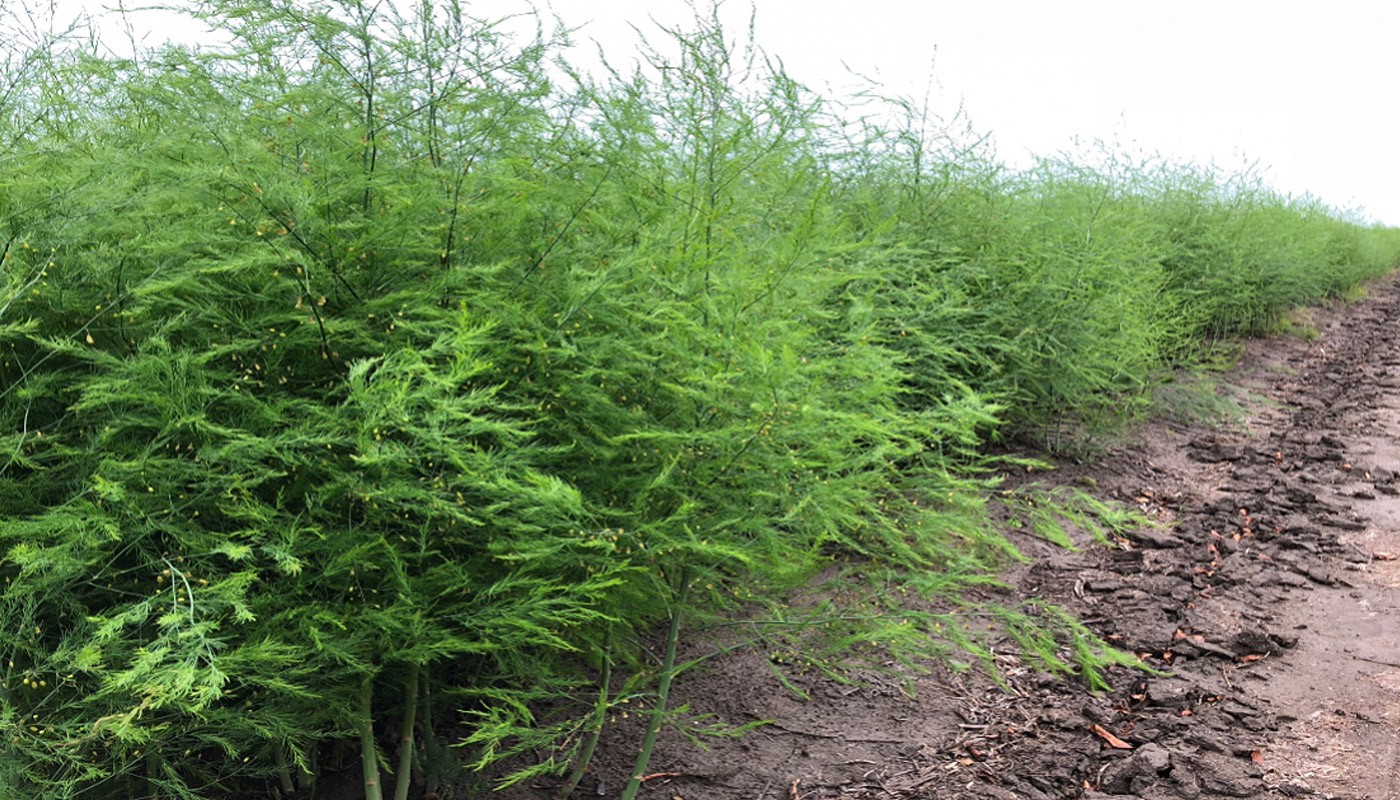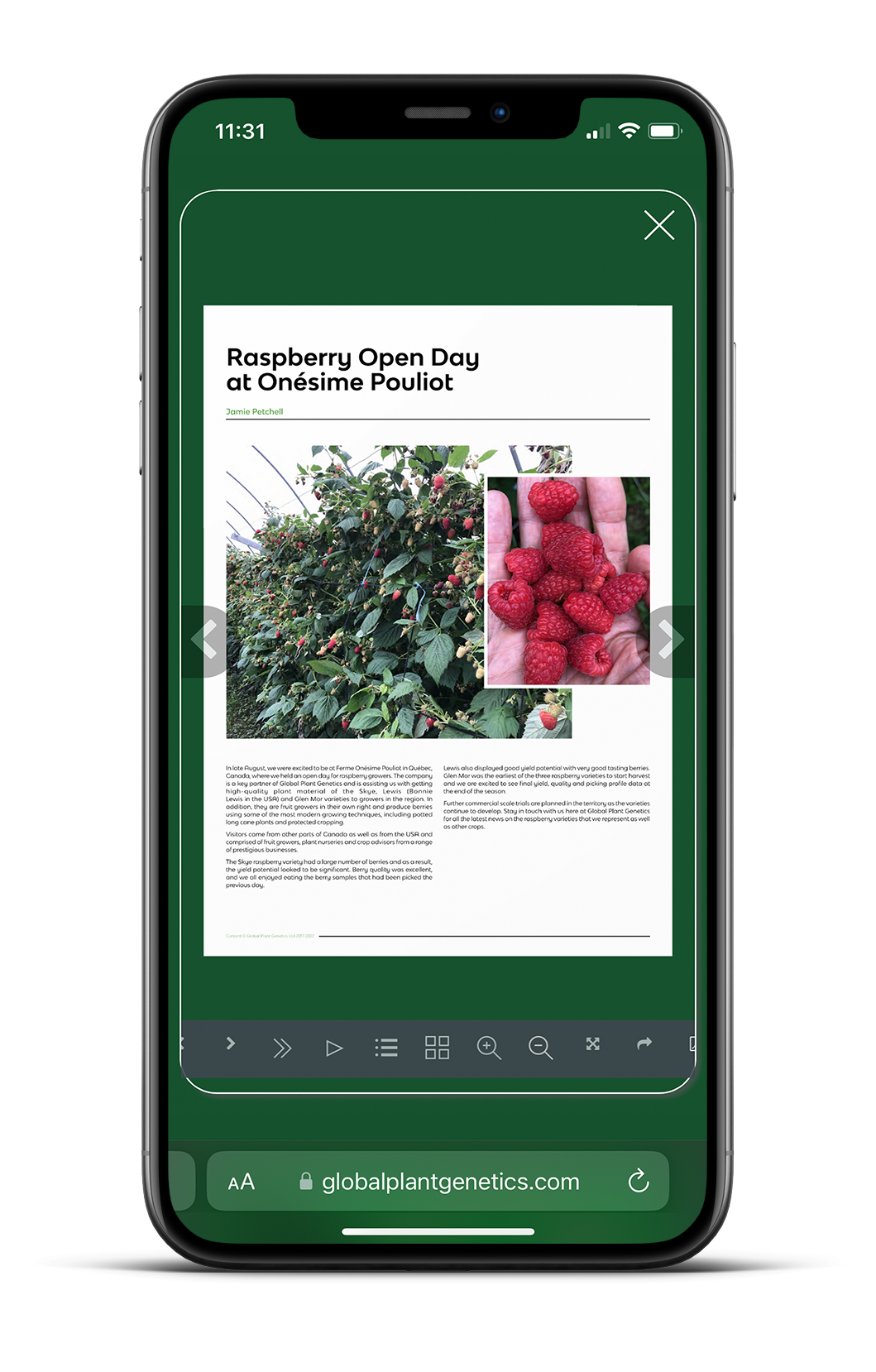The main asparagus variety planted in New Zealand is Pacific 2000, bred by Dr Peter Falloon of Aspara Pacific. It is grown extensively on both islands and is well suited to the local conditions. Jersey Giant is also used in one specific production area. The markets are looking for all green spears with little anthocyanin content. It is thought that the future of asparagus varieties in New Zealand will be those with Phytophthora tolerance. Many recent harvest seasons have been very wet and this has caused severe damage to yield potential. The most likely variety to succeed in coming years will be Pacific Challenger 2. Another one to watch out for will be Pacific Summit which has an extremely tight head.
90% of asparagus plantings in the country are with crowns. This is similar to many countries with temperate or cool climatic conditions. The larger growers mostly produce their own crowns and there are two commercial crown production businesses, in addition. Some growers in the Hawkes Bay region are using module plants. These are planted on very light, sandy soils and require buried drip irrigation tape to perform at their best. This is also a technique we are witnessing in other asparagus production areas across the world. Due to the high risks of Phytophthora infection in this climate, there are strict high-health nursery protocols that are followed by crown producers. These include the use of virus-free seed, virgin soils, freedom from perennial weeds and winter applications of chemical protectants as soil drenches. Then, at the time of crown digging, plants are lifted and sprayed against both Phytophthora and moulds. There is no specific crown size grading, other than the very smallest plants are discarded before planting.
Asparagus plants are established in two main systems as below:
Overall plant densities per hectare are in the region of 30-35.000.
Once asparagus crops are fully established, they are expected to yield between 8-10t per hectare for green asparagus production. In the warmer regions, growers will take a short (circa. 20 day) harvest one year from planting. In cooler areas, it is normal to wait until the second year before talking this first cut. Almost 100% of asparagus sales are with spears (no tips) that are 25cm in length. It is therefore imperative to use high quality genetics to achieve the best-looking spears with tight heads, especially with the increasing move away from processing to fresh sales.
There is a wide range of harvesting methods employed by asparagus growers in New Zealand. A lot of asparagus cutting is undertaken in a traditional manner; this means picking buckets carried on the hips and cutting with a long-handled knife. Bundles of asparagus are left in the field for later collection. Other growers are now investing in rigs and gantries to aid in faster and more uniform picking crews.
The availability of harvest labour has improved in recent times through two main sources. One is the Recognised Seasonal Employer scheme and the other is through backpackers on working holidays with visas of 6-12 months. The aforementioned system helps to bring over people from the Pacific Islands.
That concludes the second instalment of this blog post on asparagus production in New Zealand. We’ll be back shortly with part 3.

